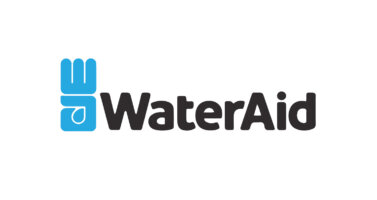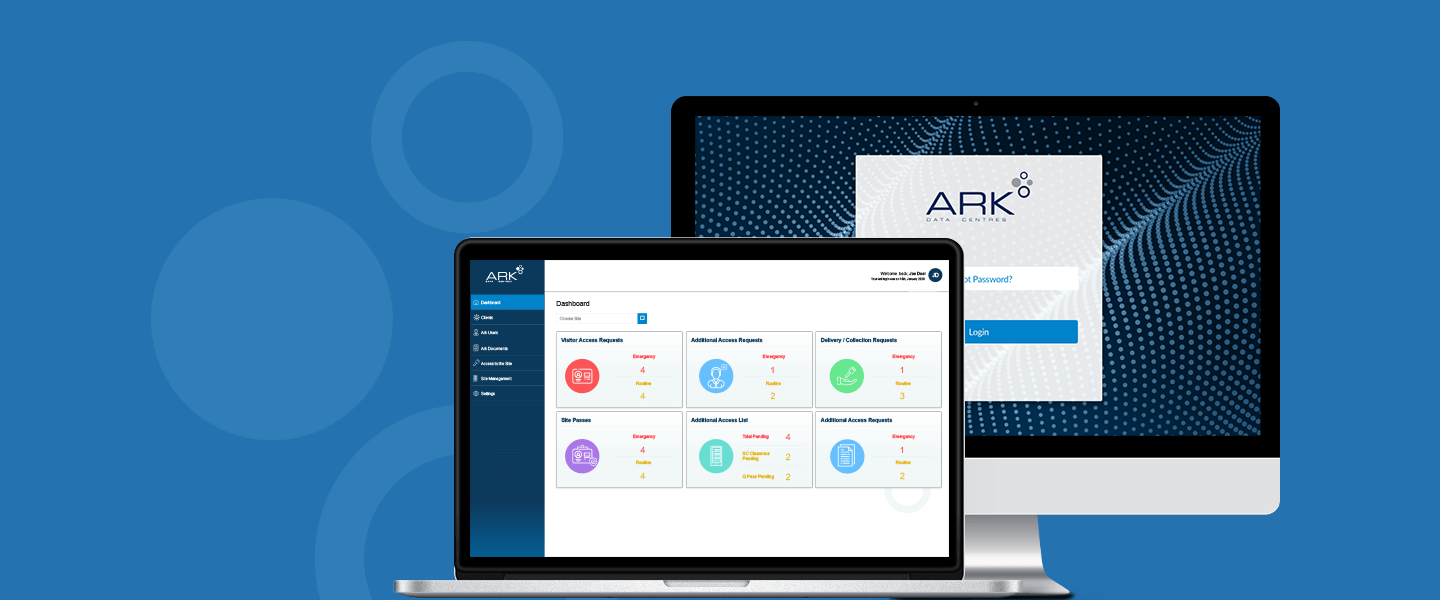Challenge
Pearson plc is the world’s leading learning company headquartered in London, England with offices around the globe. Pearson provides content, assessment and digital services to learners, educational institutions, employers, governments and other partners globally. Pearson is committed to helping equip people with the skills they need to enhance their employability prospects and to succeed in the changing world of work.
Serving a global education market, Pearson needs a robust archiving and asset management system which allows its employees and trusted partners to readily look up any content and log requests to use it in new ways. Corrections, updates and preparation of materials for additional geographies are among the reasons the company’s 22,500+ employees might need to contact the Product Asset Management team or Pearson’s wider Rights & Permissions Group.
Historically, the organisation’s published assets have been stored and managed across a range of legacy systems, with each part of the international business favouring its own forms, processes and archive metadata. As Pearson’s digital content assets have grown, this approach has become unsustainable. In recent years, the Product Asset Management team has sought to streamline its processes and automate the receipt and routing of requests to access and re-use archived content.
“We’re a service team, which means we need to respond quickly to requests from internal and partner clients, so we needed a tool to help us do that,” explains Georgie Stone, Global Manager of Product Asset Management at Pearson in the UK.
A previous system the company had built in the early 2000s had reached the end of its useful life. Based on an old version of Filemaker, the platform was no longer robust or scalable enough to meet Pearson’s expanding needs, so the time had come to commission a modern, new system.
We liked what they had done for other clients; they were confident that everything we wanted was ‘doable’; and they would be using the latest Microsoft technologies which felt very futureproof.
Solution
Pearson shortlisted three development companies for the project, and chose One Beyond as the best fit for its needs. “One Beyond came to our offices and went through our requirements,” Georgie says. “We liked what they had done for other clients; they were confident that everything we wanted was ‘doable’; and they would be using the latest Microsoft technologies which felt very futureproof.”


One Beyond built a new Asset Management Data Hub for Pearson – a secure, web-based application that can be accessed securely from anywhere. The system, designed with a .net core and a Vue.JS front end, is hosted on Microsoft’s Azure cloud infrastructure. Access is managed using Security Assertion Markup Language (SAML), an open standard for exchanging authentication and authorisation data, in this case with Pearson’s single sign-on (SSO) service.
Anyone with a Pearson login can search the archive and request amendments/corrections or re-use against published assets, running to hundreds of thousands of products. Searches use ISBN codes or Pearson’s own internal IDs. Once an initial search is performed (users can enter as many ISBNs as they like), more advanced searches can be performed on the results. The challenge was to maintain high performance when users could be searching for hundreds of specific records, and applying numerous filters.
Once the required products are found, users can log their content/edit/re-use requests in line with certain criteria. The system automatically routes requests to the relevant people for rights checking and access authorisation, using automated workflow. Details of actions are automatically synchronised with the archive records, and a self-service facility allows users to track the status of their request at any point. Users can also see whether edits or updates to published assets are currently in progress, which might influence whether they proceed with their current content request. “Only once a request has been approved does it comes to my team so we can release the files,” Georgie notes.
Outcome
The Asset Management Data Hub – which currently contains UK and NA product records available for global re-use, and received 1,200 content requests within the first few weeks of going live – will manage some 30,000 content requests annually. These volumes are likely to soar as Pearson’s business operations in other world regions are given access to the system (there is a wider Pearson’s initiative underway to standardise its asset management processes globally).
The continuing Covid-19 pandemic is also driving up demand, as schools and further/higher education establishments rely more heavily on online tuition and digital materials. Fortunately, the pandemic has not disrupted Pearson’s ability to process these requests, even when staff have been working from home. “The system is web-based and securely accessible from anywhere in the world,” Georgie notes. “During lockdown, there was no issue at all continuing with what we do.”


This has been a very complex project, and One Beyond pulled out all the stops to take the new Hub live. I’m very pleased with how the implementation went and we have had excellent feedback, especially about the interface, the ease of use and the performance. I look forward to the next developments.
Future
Pearson’s ambitions for the Asset Management Data Hub are considerable. “This is just the starting point,” Georgie says. “We’ve built a corrections form into the workflow so that requests for typographical amendments or image replacements can be progressed automatically. Over time we’ll bring more teams into the Hub.
“Having a bespoke application that we can keep growing and adding to was a vital part of our requirements, and that’s what One Beyond has built for us,” she continues. “Every improvement to the efficiency of our service is very exciting. The more elements of the auditing and approval process we can manage via the Hub and automated workflow, the more streamlined the service will be and the easier it will be to keep up with the demands of the business. The goal ultimately is to have our global operations all working from one system, with cross-team visibility and improved cooperation – rather than each team just focusing on their own activity.
“This has been a very complex project, and One Beyond pulled out all the stops to take the new Hub live. I’m very pleased with how the implementation went and we have had excellent feedback, especially about the interface, the ease of use and the performance. I look forward to the next developments.”









